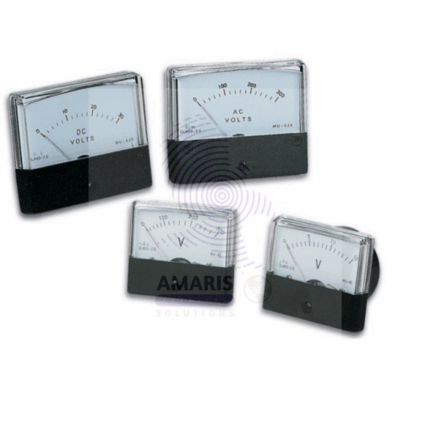
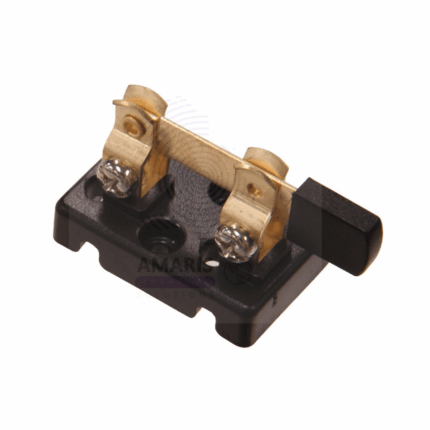
Whetstone bridge with pencil jockey
$900.00 Original price was: $900.00.$800.00Current price is: $800.00.
A Wheatstone bridge is a circuit used to measure an unknown electrical resistance by balancing two legs of a bridge circuit. The classic Wheatstone bridge consists of four resistors forming a loop with a voltage source applied across one pair of diagonally opposite corners and a galvanometer connected across the other pair. When the bridge is balanced, the galvanometer indicates zero current flow, indicating that the ratio of the two resistor values on one side of the bridge equals the ratio on the other side.
A “pencil jockey” is a colloquial term for a technician or engineer who manually adjusts the resistors in the Wheatstone bridge circuit to achieve balance. The term “pencil” refers to the fine adjustments often made using a pencil or other tool to precisely dial in the resistance values.
In a laboratory setting, the Wheatstone bridge with a pencil jockey would be used to measure unknown resistances with high precision. The technician would adjust the resistors until the galvanometer reads zero, indicating a balanced bridge, at which point the ratio of the known resistors to the unknown resistor can be used to calculate its value. This setup allows for accurate measurement of resistances in various experimental setups, calibration procedures, or quality control processes.
Uses of Whetstone bridge with pencil jockey
Resistance Measurement:
The primary use is to measure unknown resistances with high precision. By adjusting the resistors in the bridge circuit until it is balanced (galvanometer reads zero), the unknown resistance can be calculated based on the known resistor values.
Calibration:
Wheatstone bridges are often used to calibrate various instruments that rely on resistance measurements, such as multimeters or strain gauges. By comparing the unknown resistance to precise standard resistors, instruments can be accurately calibrated.
Quality Control:
In manufacturing processes where precise resistance values are critical, Wheatstone bridges can be used for quality control purposes. By measuring the resistance of components or circuits, manufacturers can ensure they meet specified standards.
Sensor Testing:
Wheatstone bridges are commonly used in conjunction with sensors, such as temperature or strain gauges, to accurately measure the sensor’s output. This is particularly useful in research laboratories or industrial settings where precise measurements are required.
Education:
Wheatstone bridges are fundamental circuits in electrical engineering education. Laboratories often use them as practical demonstrations to teach students about resistance measurement techniques and bridge circuits.


 Emollients
Emollients Humectants
Humectants UV Filters
UV Filters Surfactants (cosmetic)
Surfactants (cosmetic) Preservatives (cosmetic)
Preservatives (cosmetic) Fragrances and Essential Oils
Fragrances and Essential Oils Antioxidants (cosmetics)
Antioxidants (cosmetics)
 Solvents (lab)
Solvents (lab) Chromatography Chemicals
Chromatography Chemicals Microbiology and Cell Culture Reagents
Microbiology and Cell Culture Reagents Biochemical Reagents
Biochemical Reagents Inorganic and Organic Standards
Inorganic and Organic Standards Spectroscopy Reagents
Spectroscopy Reagents Molecular Biology Reagents
Molecular Biology Reagents
 Precious Metal Extraction Agents
Precious Metal Extraction Agents
 Plasticizers
Plasticizers Polymerization Initiators
Polymerization Initiators Stabilizers
Stabilizers Monomers
Monomers Fillers and Reinforcements
Fillers and Reinforcements Antioxidants (plastics)
Antioxidants (plastics) Colorants (plastic pigments,Dyes)
Colorants (plastic pigments,Dyes)
 Fertilizers
Fertilizers Plant Growth Regulators
Plant Growth Regulators Soil Conditioners
Soil Conditioners Animal Feed Additives
Animal Feed Additives Biostimulants
Biostimulants
 Dough Conditioners
Dough Conditioners Flour Treatments
Flour Treatments Fat Replacers
Fat Replacers Preservatives (baking)
Preservatives (baking)
 Surfactants (cleaning)
Surfactants (cleaning) Builders
Builders Bleaching Agents
Bleaching Agents Enzymes
Enzymes Solvents (cleaning)
Solvents (cleaning) Fragrances
Fragrances Disinfectant
Disinfectant Metal cleaning
Metal cleaning
 Binders/Resins
Binders/Resins Pigments
Pigments Solvents (paint)
Solvents (paint) Additives
Additives Driers
Driers Anti-Corrosion Agents
Anti-Corrosion Agents Specialty Coatings
Specialty Coatings Functional Coatings
Functional Coatings Application-Specific Coatings
Application-Specific Coatings
 Sealants and Adhesives
Sealants and Adhesives
 Biodegradable Surfactants
Biodegradable Surfactants Bio-based Solvents
Bio-based Solvents Renewable Polymers
Renewable Polymers Carbon Capture Chemicals
Carbon Capture Chemicals Wastewater Treatment Chemicals
Wastewater Treatment Chemicals
 Preservatives (food)
Preservatives (food) Flavor Enhancers
Flavor Enhancers Acidulants
Acidulants Sweeteners
Sweeteners Emulsifiers
Emulsifiers Antioxidants (food)
Antioxidants (food) Colorants (food)
Colorants (food) Nutrient Supplements
Nutrient Supplements Nutraceutical Ingredients
Nutraceutical Ingredients
 Fresh Herbs
Fresh Herbs Whole Spices
Whole Spices Ground Spices
Ground Spices Spice Blends
Spice Blends
 Surfactants(oil)
Surfactants(oil)
 Antibiotics
Antibiotics Active Pharmaceutical Ingredients
Active Pharmaceutical Ingredients Excipients
Excipients Vaccine Adjuvants
Vaccine Adjuvants Nutraceutical Ingredients
Nutraceutical Ingredients Solvents (pharmaceutical)
Solvents (pharmaceutical)
 Automotive chemicals
Automotive chemicals Pyrotechnic Chemicals
Pyrotechnic Chemicals


 Vulcanizing Agents
Vulcanizing Agents Accelerators & Retarders
Accelerators & Retarders Antidegradants
Antidegradants Reinforcing Agents
Reinforcing Agents Plasticizers & Softeners
Plasticizers & Softeners Fillers & Extenders
Fillers & Extenders Blowing Agents
Blowing Agents Adhesion Promoters
Adhesion Promoters




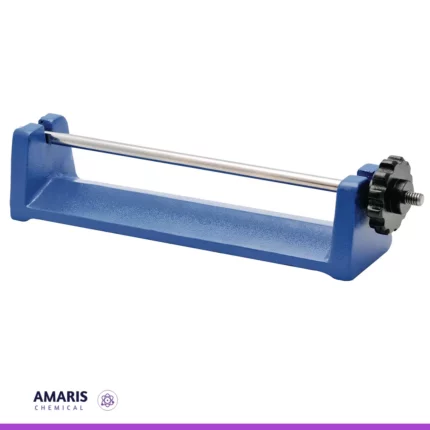

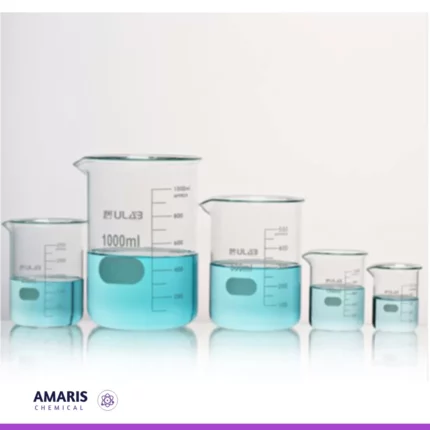
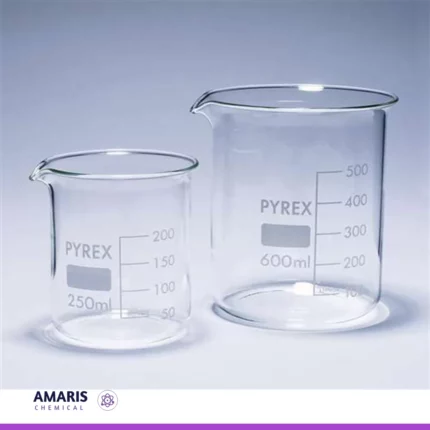
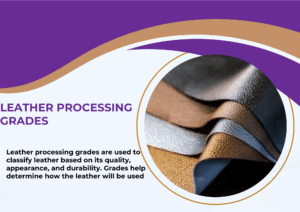










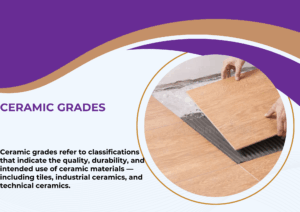

Japh –
The Wheatstone bridge with a pencil jockey twist offers a refreshing take on a classic circuit.
Wetin –
Perfect one.